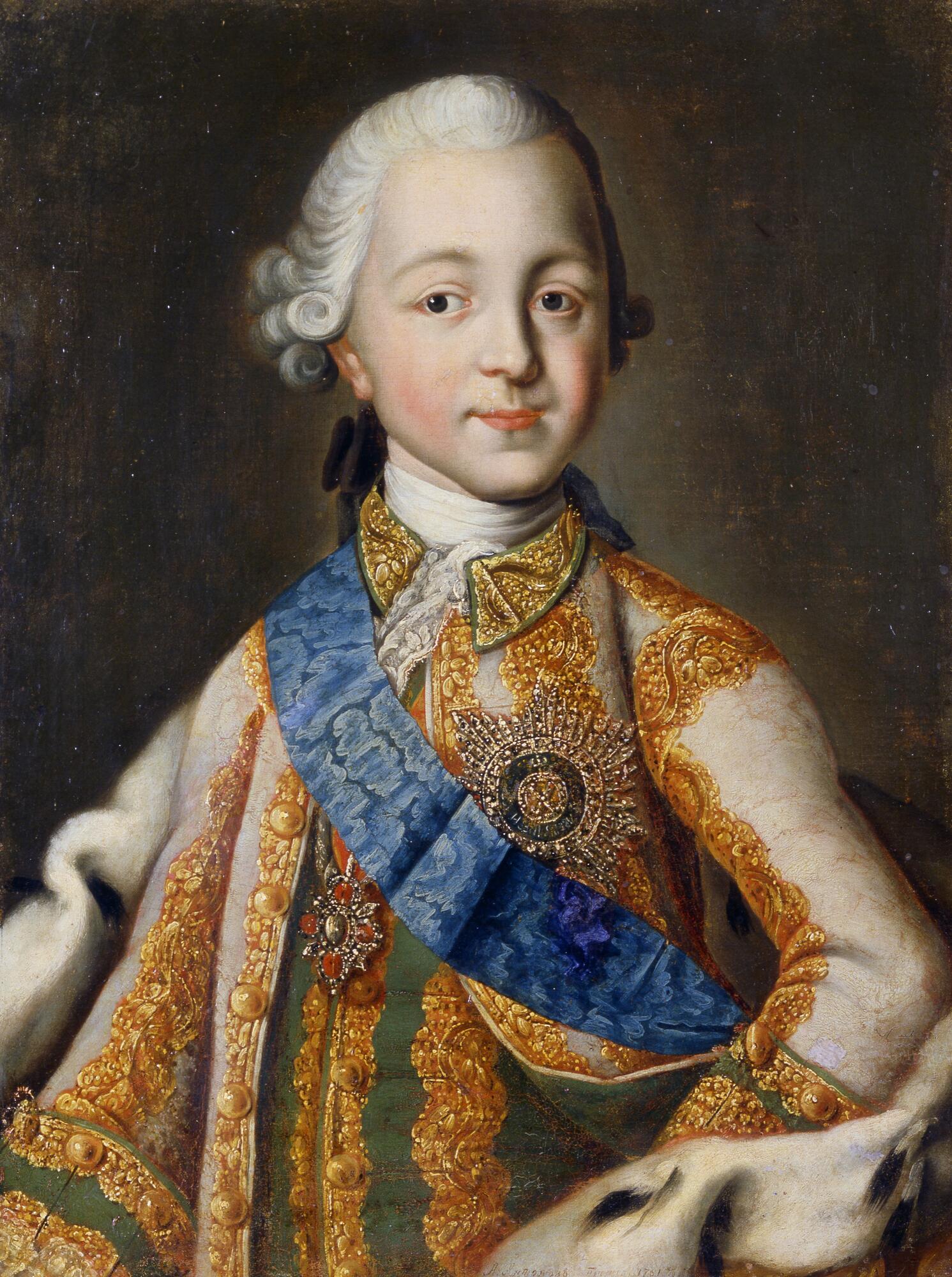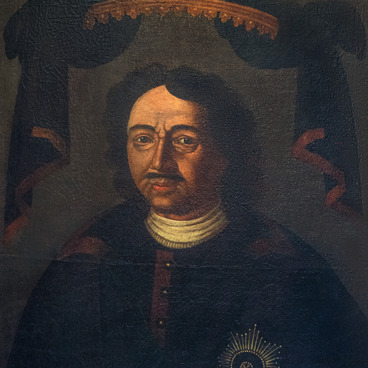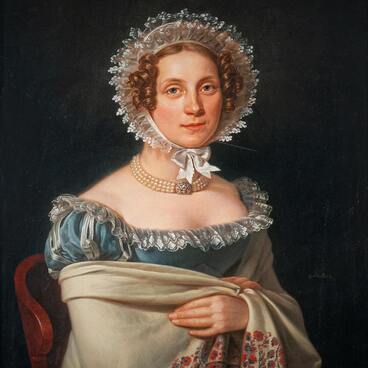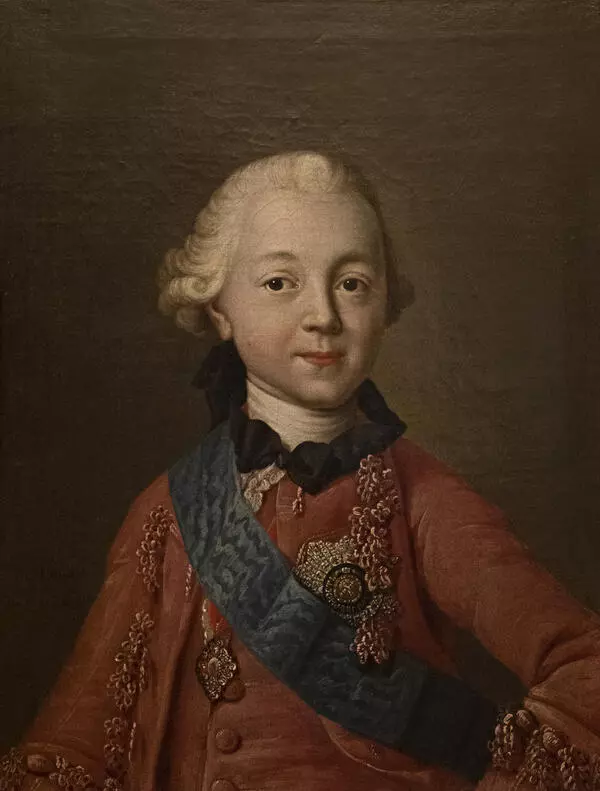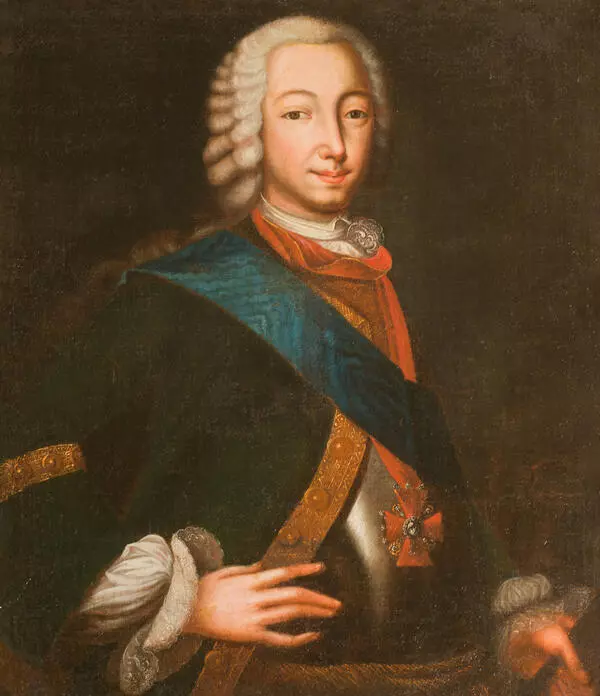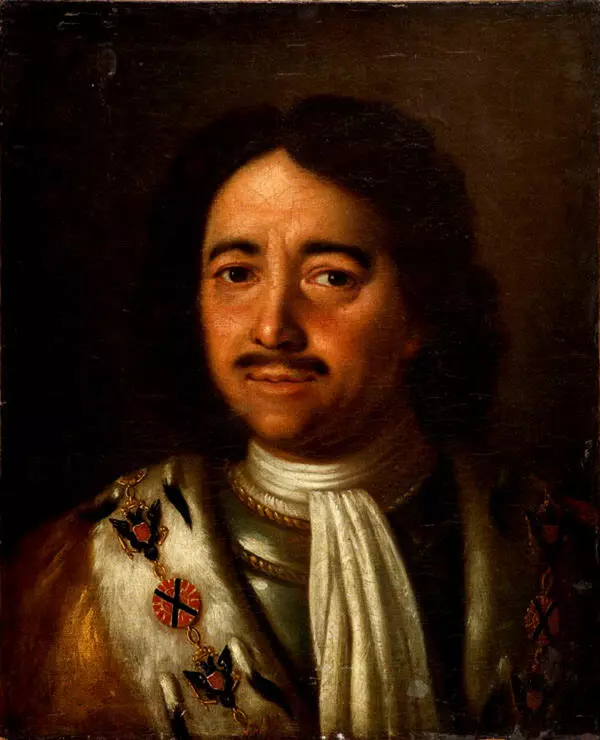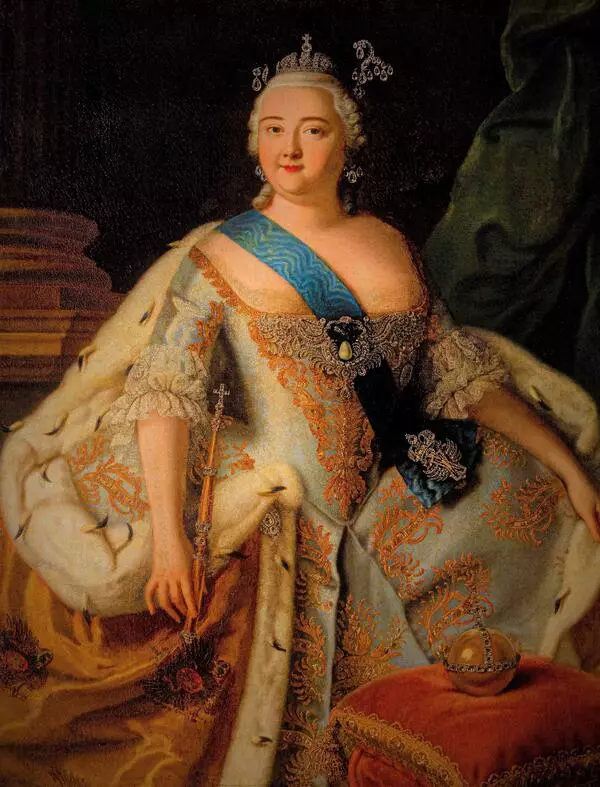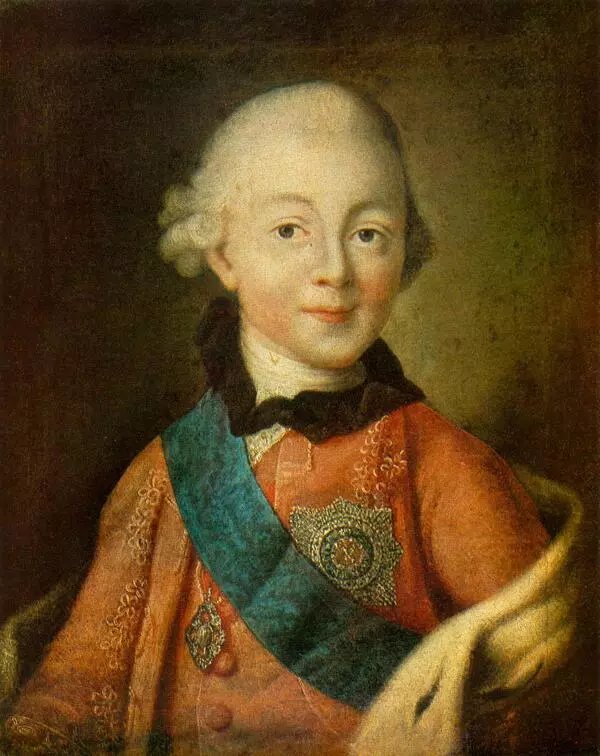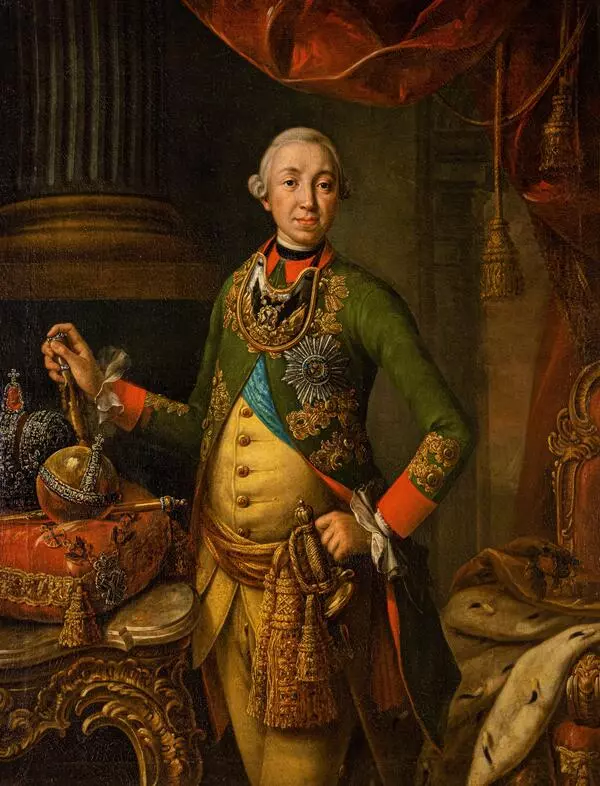Alexei Antropov was born in 1716 in St. Petersburg in a family of an official. His father served in the Office of Construction — the institution that supervised construction in the city. In 1732, Antropov started to study painting in the Office under artists from the “painting team”, who were engaged in painting new buildings. They taught him techniques and strategies so that he could work in any genre.
In St. Petersburg, Antropov painted pictures for the Triumphal Arch in Anichkov Sloboda, participated in the painting of the plafond and icons for the Winter Palace, as well as worked in the Summer Palace, Tsarskoe Selo and Peterhof.
In 1752, he received an order for “painting icons for the dome and other places of the new church of St. Andrew”, erected in Kyiv according to the project of Bartolomeo Rastrelli.
Antropov served as an overseer for painters and icon painters at the Holy Synod, with the obligation to take students and “teach them skillful painting, icon painting and enamel art”.
The painter made numerous copies of paintings by foreign masters, mainly portraits of the royal family members. One of these works, painted from the original by the Danish painter Virgilius Eriksen, was the portrait of Grand Duke Pavel Petrovich, the future Emperor Paul I.
Until the 19th century, Russian art viewed children as small adults and that is how they were depicted in ceremonial portraits. An amiable smile, a direct look, a powdered wig, a uniform with state regalia — all this paints Paul I as an aristocrat, a nobleman, a worthy representative of the imperial family. Even though the portrait was signed (the inscription “Антропов” (Antropov) on the painting), art critics doubted the authenticity of it. The work was sent to the Russian Museum for examination. X-ray and analysis of the paint layer and prime coat showed that this was indeed the work of the Russian artist Alexei Antropov. During the research, it was discovered that a white uniform had been painted over a pink caftan. Most likely, the artist repainted the uniform after Catherine II had bestowed on her son the title of fleet admiral in 1762.
In St. Petersburg, Antropov painted pictures for the Triumphal Arch in Anichkov Sloboda, participated in the painting of the plafond and icons for the Winter Palace, as well as worked in the Summer Palace, Tsarskoe Selo and Peterhof.
In 1752, he received an order for “painting icons for the dome and other places of the new church of St. Andrew”, erected in Kyiv according to the project of Bartolomeo Rastrelli.
Antropov served as an overseer for painters and icon painters at the Holy Synod, with the obligation to take students and “teach them skillful painting, icon painting and enamel art”.
The painter made numerous copies of paintings by foreign masters, mainly portraits of the royal family members. One of these works, painted from the original by the Danish painter Virgilius Eriksen, was the portrait of Grand Duke Pavel Petrovich, the future Emperor Paul I.
Until the 19th century, Russian art viewed children as small adults and that is how they were depicted in ceremonial portraits. An amiable smile, a direct look, a powdered wig, a uniform with state regalia — all this paints Paul I as an aristocrat, a nobleman, a worthy representative of the imperial family. Even though the portrait was signed (the inscription “Антропов” (Antropov) on the painting), art critics doubted the authenticity of it. The work was sent to the Russian Museum for examination. X-ray and analysis of the paint layer and prime coat showed that this was indeed the work of the Russian artist Alexei Antropov. During the research, it was discovered that a white uniform had been painted over a pink caftan. Most likely, the artist repainted the uniform after Catherine II had bestowed on her son the title of fleet admiral in 1762.
